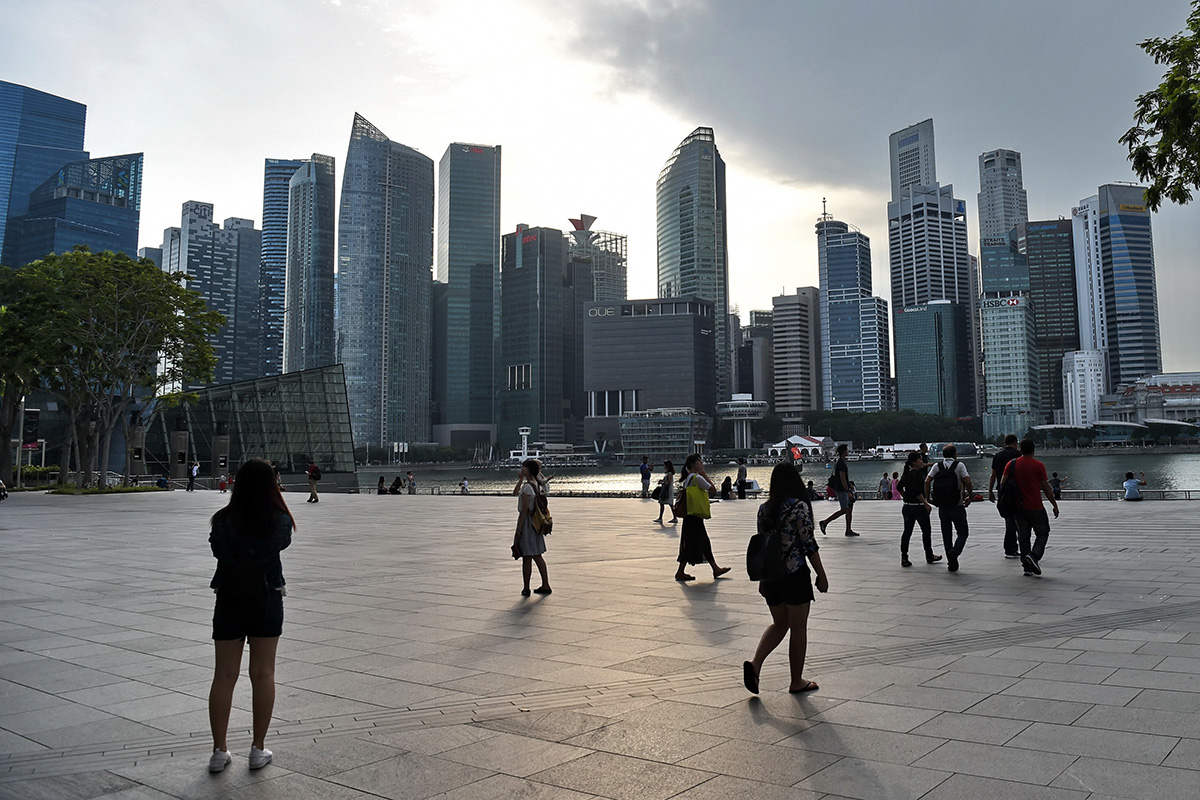From China to India, Asian countries’ rapid economic expansion has lifted hundreds of millions of people out of poverty in recent decades. Yet the income distribution has lately worsened, with inequality now potentially even more severe in Asia than in the developed economies of the West.
From 1990 to 2012, the net Gini coefficient – a common measure of (post-tax and post-transfer) income inequality – increased dramatically in China, from 0.37 to 0.51 (zero signifies perfect equality and one represents perfect inequality). It rose in India as well, from 0.43 to 0.48. Even the four “Asian Tigers” – Hong Kong, Singapore, South Korea, and Taiwan – which had previously grown “with equity,” have lately faced rising inequality. In South Korea, for example, the share of income held by the top 10% rose from 29% in 1995 to 45% in 2013.
This trend is being driven largely by the same forces that have fueled Asia’s economic growth in recent decades: unbridled globalisation and technological progress. Increasingly open borders have made it easier for businesses to find the cheapest locations for their operations. In particular, China’s entry into global markets has put downward pressure on the wages of low-skill production workers elsewhere.
Meanwhile, new technologies raise demand for skilled workers, while reducing demand for their less-skilled counterparts – a trend that fuels the expansion of the wage gap between skilled and unskilled. Capital owners also reap major benefits from technological progress. In short, as the Nobel laureate Angus Deaton has acknowledged, by creating new opportunities for a certain group of millions of people, while subjecting an enormous number of people to wage stagnation, unemployment, and economic precarity, globalisation and technological innovation have helped to widen the gap between the haves and have-nots.
Exacerbating this trend, income inequality often goes hand in hand with inequality of opportunity. With limited educational and economic prospects, talented youth from disadvantaged backgrounds end up running in place. As inequality becomes increasingly entrenched, it can erode the consensus in favor of pro-growth economic policies, undermine social cohesion, and spur political instability.
To avoid such a future, Asian countries need to change the rules of the game, providing opportunities for youth, whatever their background, to ascend the income ladder. Market mechanisms are not enough to achieve this. Governments must take action, complementing their pro-growth policies with policies aimed at ensuring that the gains are shared much more equally and sustainably.
To be sure, some Asian governments have been attempting to tackle inequality with progressive redistribution policies. For example, South Korea’s government recently announced that it will raise the minimum wage next year by 16.4%, to 7,530 won ($6.70) per hour, and up to 55% above its current level by 2020. It will also raise tax rates for the highest income earners and companies.
But, while such measures have strong public support, they could end up hurting the economy, by reducing business investment, for example, and impeding job creation. In fact, the first rule of thumb in combating today’s inequality should be that simplistic egalitarian policies are not a permanent solution – and may, in fact, have adverse long-term consequences.
Consider the Venezuelan government’s decision, in the late 1990s, to implement populist redistributive policies, without addressing the economy’s overreliance on the oil industry and lack of competitiveness. That choice has pushed the country to the edge of bankruptcy, while fueling large-scale social unrest and political turmoil. Venezuela’s national catastrophe should serve as a warning to everyone.
The best way to enhance both equity and growth is effective development of human capital, which not only supports higher incomes today, but also ensures intergenerational mobility tomorrow. This requires enhanced social safety nets and redistributive tax-and-transfer programs, as well as access to quality education for all.
The good news is that many East Asian economies are already investing more in public education, in order to expand opportunities for all population groups. But more must be done.
Asia needs to improve further the quality of its higher education as well, reforming curricula to ensure that young people are getting the knowledge and skills they need to prepare them for the labor market. Meanwhile, the labor market should be made more efficient and flexible, so that it can match people with the right jobs and reward them adequately. As technology continues to transform the economy, life-long education and training is needed to enable workers to keep up.
Promoting the participation of girls and women in education and economic activity is also important. Furthermore, governments should create an environment that fosters small innovative startups. And, of course, they should sustain pro-growth policies that boost overall job creation and reduce unemployment, while rejecting barriers to trade or innovation.
In today’s charged political environment, there is a growing temptation to reject globalisation and embrace populist redistribution policies that could end up doing far more harm than good. Asia’s leaders must do better if they are to realise the true promise of “growth with equity.”
Lee Jong-Wha is Professor of Economics and Director of the Asiatic Research Institute at Korea University. His most recent book, co-authored with Harvard’s Robert J. Barro, is Education Matters: Global Gains from the 19th to the 21st Century.
Recommended stories:
